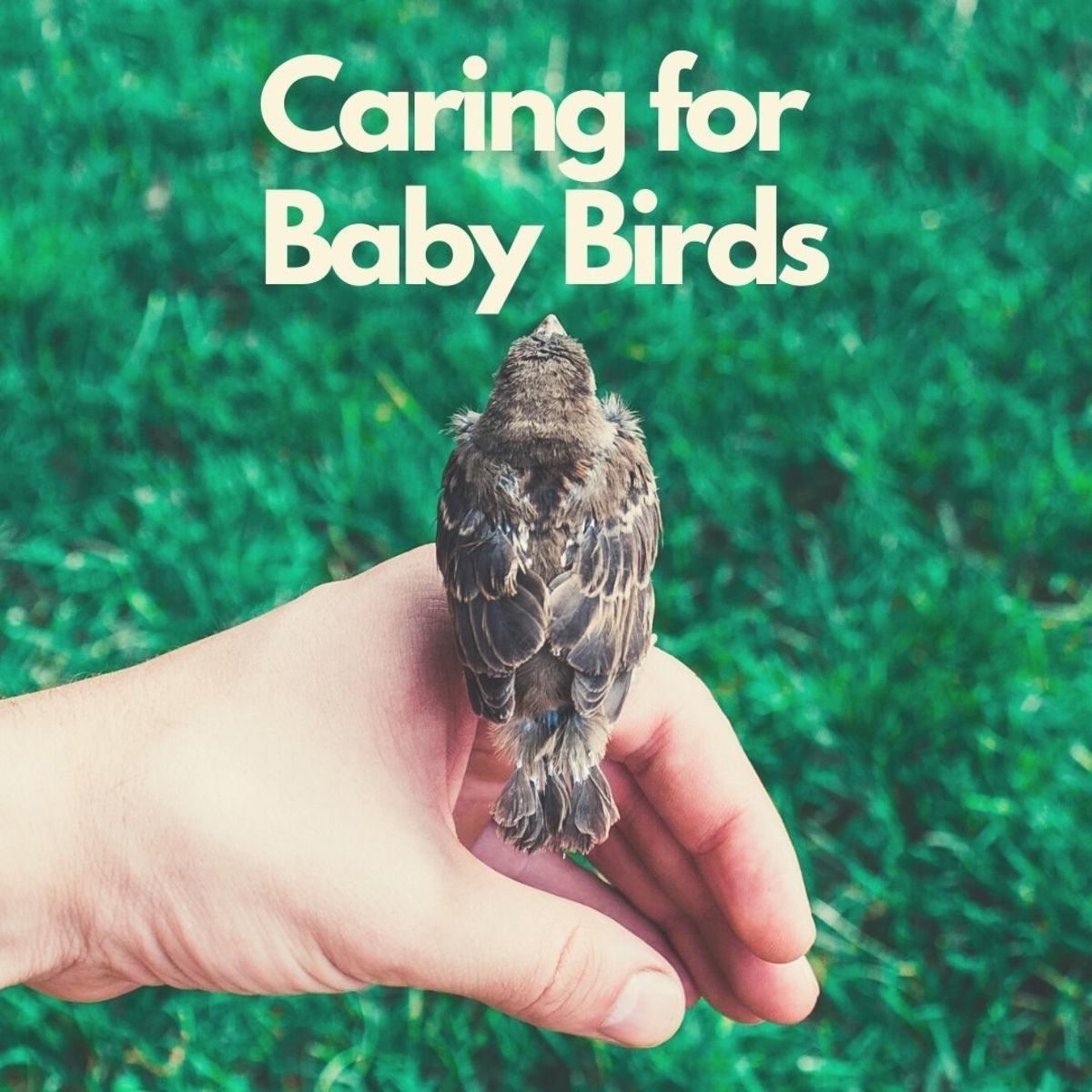
Caring for Baby Birds: A Comprehensive Guide
Introduction
Baby birds, with their delicate features and fragile bodies, evoke a sense of tenderness and responsibility in those who encounter them. Whether you’ve stumbled upon a nestling that has fallen from its perch or are fostering a brood of orphaned chicks, providing proper care is crucial for their survival and well-being. This comprehensive guide will equip you with the essential knowledge and techniques to nurture and protect these vulnerable creatures.
Identifying Baby Birds
Before initiating care, it’s important to identify the species of baby bird you’re dealing with. Different species have unique dietary and environmental requirements. Consult field guides or online resources to determine the type of bird you have.
Nestlings vs. Fledglings
Nestlings are baby birds that are still unable to fly. They are typically featherless or have only a few downy feathers. Fledglings, on the other hand, have developed feathers and are learning to fly. They may be found hopping or fluttering on the ground.
Assessing Health
Before providing care, assess the baby bird’s health. Look for signs of injury, such as bleeding, broken bones, or missing feathers. Check for any discharge from the eyes, nose, or mouth. If the bird appears lethargic, has difficulty breathing, or is shivering, seek veterinary attention immediately.
Creating a Safe Environment
Provide a warm, secure environment for the baby bird. Use a small box or basket lined with soft material, such as a towel or fleece. Place the box in a quiet, draft-free area. Maintain a temperature of around 85-90°F (29-32°C) for nestlings and 75-80°F (24-27°C) for fledglings.
Feeding
The type of food you provide will depend on the species of baby bird. Most nestlings require a specialized formula that mimics the nutrient composition of their parents’ regurgitated food. Fledglings may be able to eat small insects, fruits, or seeds.
Formula Feeding
Use a syringe or eyedropper to gently feed the baby bird. Hold the bird upright and insert the tip of the syringe or eyedropper into the side of its beak. Slowly squeeze out the formula, allowing the bird to swallow. Feed the bird every 1-2 hours during the day and every 2-3 hours at night.
Insect Feeding
If the baby bird is a fledgling and can eat insects, offer small, live insects such as mealworms, crickets, or fruit flies. Place the insects in a shallow dish and allow the bird to peck at them.
Water
Provide fresh water in a shallow dish. Dip the bird’s beak into the water to encourage it to drink.
Hygiene
Keep the baby bird’s environment clean to prevent infection. Change the lining of the box or basket daily. Clean the syringe or eyedropper after each feeding. Wash your hands thoroughly before handling the bird.
Socialization
Baby birds need socialization to develop properly. If possible, keep the bird with other birds of the same species. If this is not possible, spend time talking to the bird and handling it gently.
Rehabilitation
Once the baby bird has grown and developed its flight feathers, it will need to be rehabilitated before it can be released back into the wild. This involves gradually exposing the bird to outdoor conditions and teaching it how to hunt and forage for food.
When to Release
The appropriate time to release a baby bird depends on its species and level of development. Most songbirds can be released when they are fully feathered and can fly strongly. Waterfowl and raptors may require additional rehabilitation before they are ready for release.
Releasing the Bird
Choose a safe location for release, such as a park or wildlife sanctuary. Release the bird at dawn or dusk when predators are less active. Monitor the bird for a few days to ensure it is able to survive on its own.
Legal Considerations
In many areas, it is illegal to keep wild birds without a permit. If you find a baby bird, contact a licensed wildlife rehabilitator or animal control officer for guidance.
Conclusion
Caring for baby birds is a rewarding but challenging endeavor. By following these guidelines, you can provide these vulnerable creatures with the care and support they need to thrive. Remember to always prioritize the bird’s well-being and seek professional assistance when necessary. With patience, dedication, and a deep love for nature, you can make a difference in the life of a baby bird.
